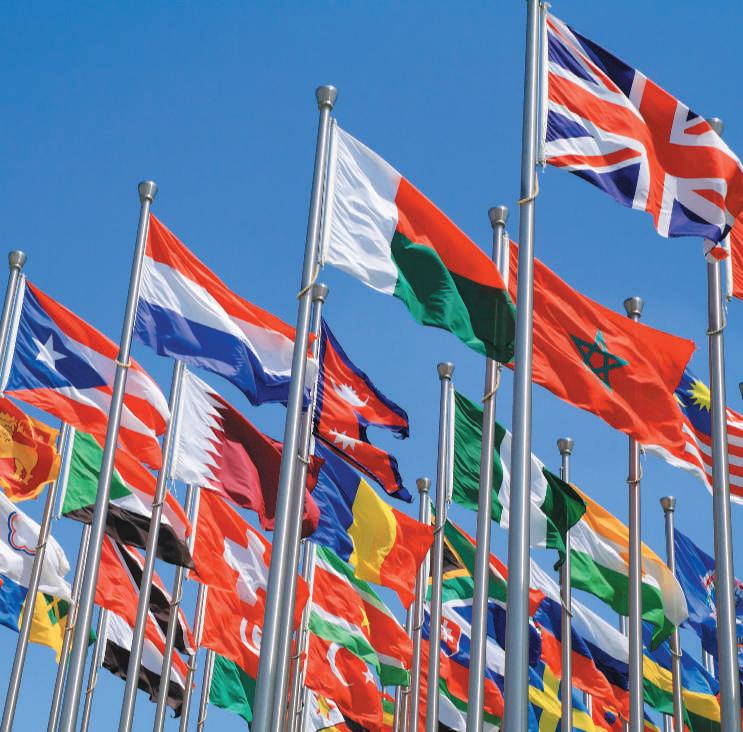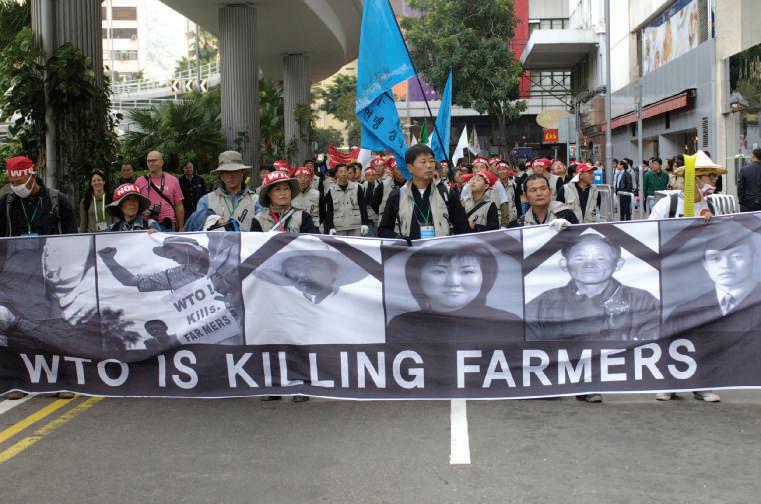T he I m p o r tance o f C u lt u r e f o r Mana g in g and Ma r k etin g in O v e r s ea s Ma r k et s
133
culture, history, architecture, current economic conditions, and similar topics. Dinners often occur late in the evening, at 9:00 p.m. or 10:00 p.m. Formal manners and appropriate business attire are appreciated. Latin Americans are not as conscious about time as are North Americans. They are not as rushed as workers from the United States. If something does not get done today, there is always the next day—or the day after that. Companies that want to do business in Latin America will need to be flexible about meeting times, dates, and deadlines. Latin Americans are not as immersed in their work as the businesspeople in the United States. Their motto is: “We work to live,” not “We live to work.”
R e a l i t y C h e c k LO5 Find someone who is a native of a foreign country and now works in the United States (or your home country). Ask that person about customs and business practices in the United States, and how these compare with customs and business practices in his or her native country. How easily do you think you would adapt if you worked in that person’s country?
5-6 The Importance of Culture for Managing and Marketing in Overseas Markets When managing people and resources in a foreign country, close attention to host countries’ cultures is critical. Failure to do so can severely damage a company’s performance in these markets. In recent years, a number of companies have addressed the cultural aspects of managing their overseas operations. Not infrequently, a key factor in global management success has been communication. A country’s culture affects its attitudes toward work. These attitudes can have an impact on workers from other countries who come into the country to work as well as expatriate managers who need to recognize the norms surrounding work in their adopted countries and must be reluctant to arbitrarily change them.
LO-6 Explain why culture is important in global management and marketing.
5-6a Management Styles U.S. companies have management styles that frequently conflict with the management styles preferred in other cultures. For example, a young executive whose age and impetuous nature did not jibe with Japan’s management culture headed PepsiCo’s initial foray into Japan.14 As another example, McDonald’s uses a decentralized model to give its international managers, who are almost 100% foreign, more decision-making authority.15 Microsoft discovered that businessmen in India’s knitted cotton industry carried sensitive information about inventory, customers, cost estimates, proposals, and orders, in their heads or noted them in various ledgers. Often, these highly significant data were lost—or were compromised—when managers would quit on short notice. Microsoft recommended an order tracking system that the knitting companies could access over the web by text message.16 Tata is an Indian conglomerate that specializes in automobile manufacturing and recognizes the importance of using several management styles. Tata recently acquired Jaguar and Land Rover and also purchased Britain’s Tetley Tea, and Corus, a European steel company (for $12 billion). Analysts are bullish on Tata because of its “Indian origin, which makes it more sensitive to cultural differences than many of its peers in developed countries.”17 Lenovo is a Chinese manufacturer of PCs. In an effort to become a truly global company, the firm decided to eliminate headquarters; instead it holds rotating meetings for senior Copyright 2017 Cengage Learning. All Rights Reserved. May not be copied, scanned, or duplicated, in whole or in part. Due to electronic rights, some third party content may be suppressed from the eBook and/or eChapter(s). Editorial review has deemed that any suppressed content does not materially affect the overall learning experience. Cengage Learning reserves the right to remove additional content at any time if subsequent rights restrictions require it.







































